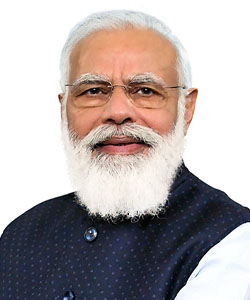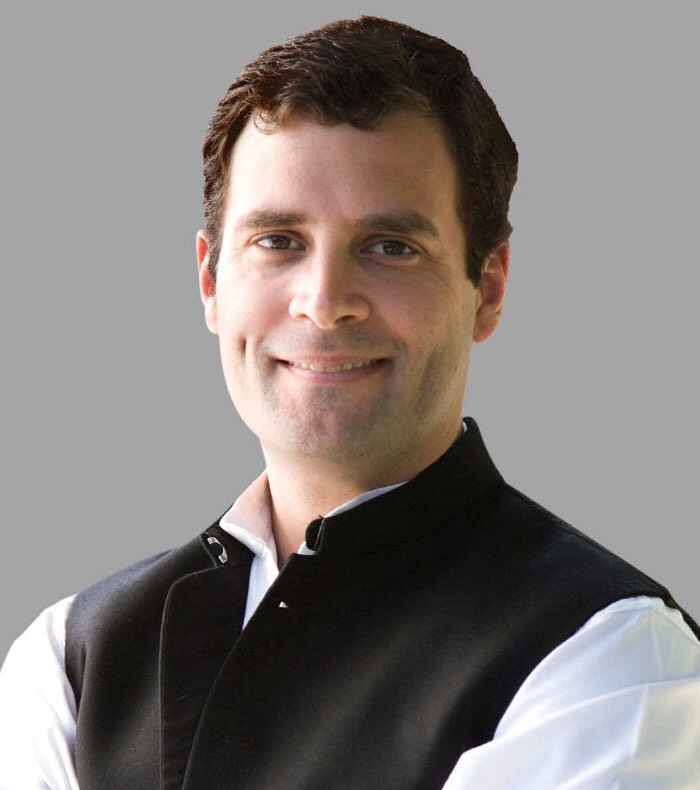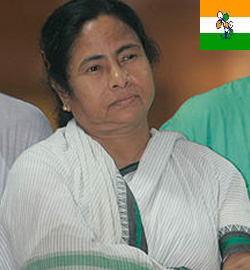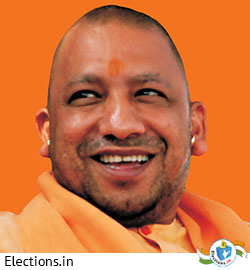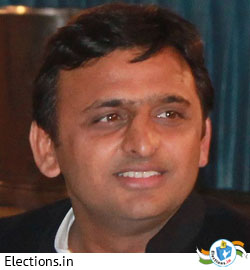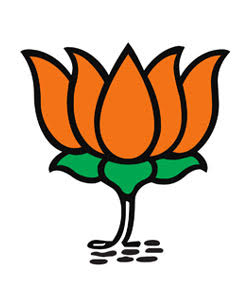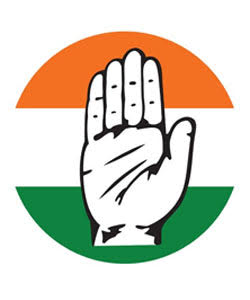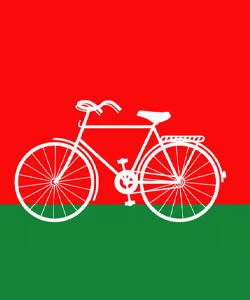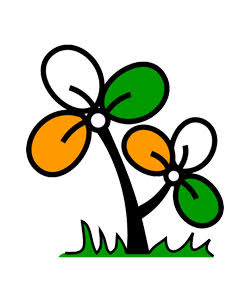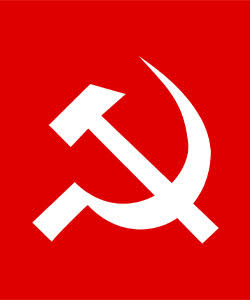Political Election Map of India 2023
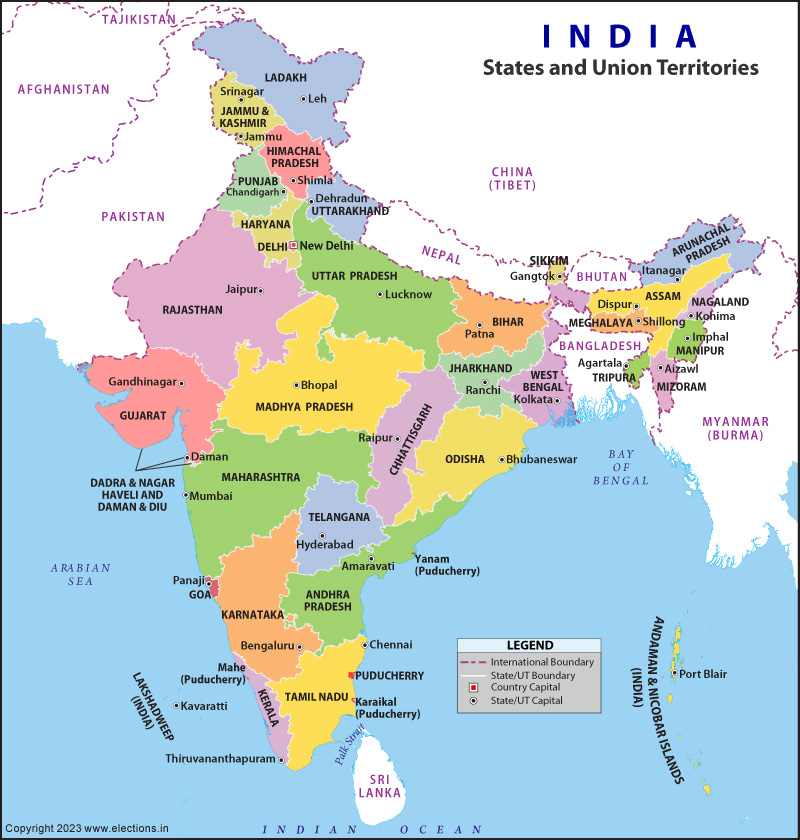
India is the largest democracy of the world and the elections of India are the largest election exercise. The people of India directly elect the Prime Minister by participating in the General/ Lok Sabha elections every five years.
Political SCENARIO in India
While the Modi wave contributed largely to the elections of the centre and states, it also aided in making distinguished segregations between the politics of the state and centre. The current elections are seeing more enlightened voters when it comes to unfolding what they seek from their representatives.
With the state elections underway, the campaigning is on a high with the parties clamouring for the voters with jingles on subsidies and promises for the future, if they are brought to power. The Opposition is seeking to gain some threshold in these state elections and looking out by giving further subsidies (as is the case in Delhi) to tilt the ball in their court. Seeing the hopeless scenario, the CPI(M) General Secretary, Sitaram Yechury has urged for all the Left and Opposition parties to unite against the single force of Modi led BJP. In the meantime, Mr Modi is seeking to win over the 144 seats lost in the previous election and will be seen holding 40 rallies across these seats.
With the state elections underway, the campaigning is on a high with the parties clamouring for the voters with jingles on subsidies and promises for the future, if they are brought to power. The Opposition is seeking to gain some threshold in these state elections and looking out by giving further subsidies (as is the case in Delhi) to tilt the ball in their court. Seeing the hopeless scenario, the CPI(M) General Secretary, Sitaram Yechury has urged for all the Left and Opposition parties to unite against the single force of Modi led BJP. In the meantime, Mr Modi is seeking to win over the 144 seats lost in the previous election and will be seen holding 40 rallies across these seats.
Political Leaders
Elections in India
The world’s largest democracy, its elections are bigger than ever. By voting in the General/Lok Sabha elections every five years, the Indian people directly elect the Prime Minister.
Indian lawmakers employ a bicameral system of government, therefore the Lok Sabha and Upper House make up the parliament (Rajya Sabha). The central and state governments hold distinct amounts of power, according to India's federal government. The Lok Sabha and Rajya Sabha are the two houses of the Indian Parliament. Lok Sabha: The country's Prime Minister is chosen by Lok Sabha members. The Lok Sabha and Rajya Sabha are the two houses of the Indian Parliament. Lok Sabha: The country's Prime Minister is chosen by Lok Sabha members. It has a total of 552 members and is also referred to as the lower house. 530 members are chosen
from among the states, while the union territories are represented by 20 members of the Lok Sabha. Every five years, the MPs who make up the Lok Sabha are chosen. Rajya Sabha: The Rajya Sabha is the parliament's upper house. The Rajya Sabha is made up of 245 members, each of whom serves a six-year term. Rajya Sabha is designed to represent states in the legislature, and its members are chosen by the members of the respective state assemblies/Electoral college of UTs. 1⁄3 members of Rajya Sabha retire every 2 years.
The supreme and powerful body in charge of overseeing elections in India is the electoral commission. For the election process, it uses electronic voting machines (EVMs). After 2014, the BJP won 303 seats and emerged as the single-largest party in 2019. Narendra Modi was re-elected as Prime Minister.
Indian lawmakers employ a bicameral system of government, therefore the Lok Sabha and Upper House make up the parliament (Rajya Sabha). The central and state governments hold distinct amounts of power, according to India's federal government. The Lok Sabha and Rajya Sabha are the two houses of the Indian Parliament. Lok Sabha: The country's Prime Minister is chosen by Lok Sabha members. The Lok Sabha and Rajya Sabha are the two houses of the Indian Parliament. Lok Sabha: The country's Prime Minister is chosen by Lok Sabha members. It has a total of 552 members and is also referred to as the lower house. 530 members are chosen
from among the states, while the union territories are represented by 20 members of the Lok Sabha. Every five years, the MPs who make up the Lok Sabha are chosen. Rajya Sabha: The Rajya Sabha is the parliament's upper house. The Rajya Sabha is made up of 245 members, each of whom serves a six-year term. Rajya Sabha is designed to represent states in the legislature, and its members are chosen by the members of the respective state assemblies/Electoral college of UTs. 1⁄3 members of Rajya Sabha retire every 2 years.
The supreme and powerful body in charge of overseeing elections in India is the electoral commission. For the election process, it uses electronic voting machines (EVMs). After 2014, the BJP won 303 seats and emerged as the single-largest party in 2019. Narendra Modi was re-elected as Prime Minister.
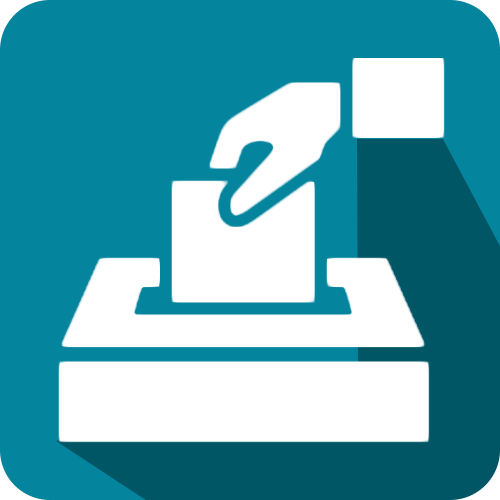
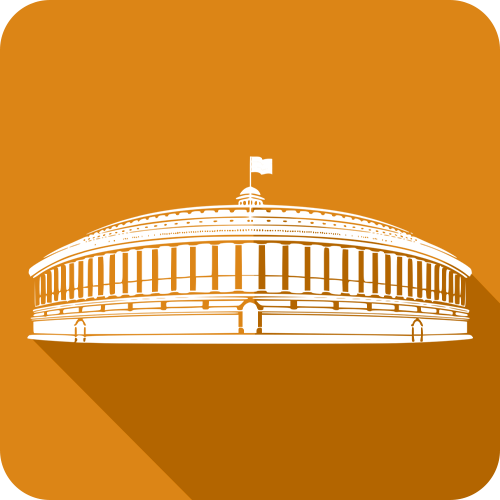
Track Your CONSTITUENCY
Right to Vote
A person fulfilling adult suffrage is eligible to vote as per the article 326 of the constitution. Based on the adult franchise, an adult in India can participate in the voting process upon fulfilling the other eligibility conditions set by the election commission. Earlier, the age was 21 but it has been reduced to 18 in 1989. A person who is not a citizen of India or has been barred from voting by law for indulging in malpractices can not participate in the voting process. Once a citizen enrolls as a voter, a voter ID card is issued by the election commission of India. With the order of the Supreme Court, the ECI has given the option of NOTA (None of the above) for anyone who wishes to participate in the voting but feels that none of the candidates deserves to be elected.
Election Process in India
For an election at any level of the federal model, the regions are divided into certain ‘parts’ by the delimitation commission of India. These parts of the regions are called as ‘constituencies’ for Lok Sabha/ Rajya Sabha/ State Legislative Assemblies. While these parts are called ‘wards’ in case of municipal corporations. A representative is chosen by the people of this area. In order to vote, a person must register his name in the Voter’s list. Many candidates participate in the election, which can either be from a political party or an independent candidate. A candidate has to be approved by the election commission after filing the nomination. The candidates campaign for the election and campaigning stops before 48 hours of the election. The entire process is administered by the election commission of India and it announces the election results on the scheduled dates.
Political Parties in India
India has adopted the multi-party political system. A political party is formed by politicians on the basis of their ideologies and to achieve political goals. The election commission grants the ‘National’ or ‘State’ party status to a party upon fulfilling the criteria. There are eight national parties in India. These are; All India Trinamool Congress (AITC), Bahujan Samaj Party (BSP), Bharatiya Janata Party (BJP), Communist Party of India (CPI), Communist Party of India Marxist (CPIM), Indian National Congress (INC), Nationalist Congress Party (NCP), National People’s Party (NPP). There are 53 state parties and 2538 unrecognized parties in India. Some of the popular state parties include Shiv Sena (SS), Aam Aadmi Party (AAP), Janata Dal-United (JDU), Janata Dal-Secular (JDs), Samajwadi Party (SP), etc.
India Election

Article 31 of the Constitution of India
Article 31 of the Constitution not only guarantees the right of private ownership but also the right to enjoy and dispose of property free from restrictions other than reasonable restriction.

Article 31 of the Constitution of India
Election News and Update
RELATED INFORMATION

